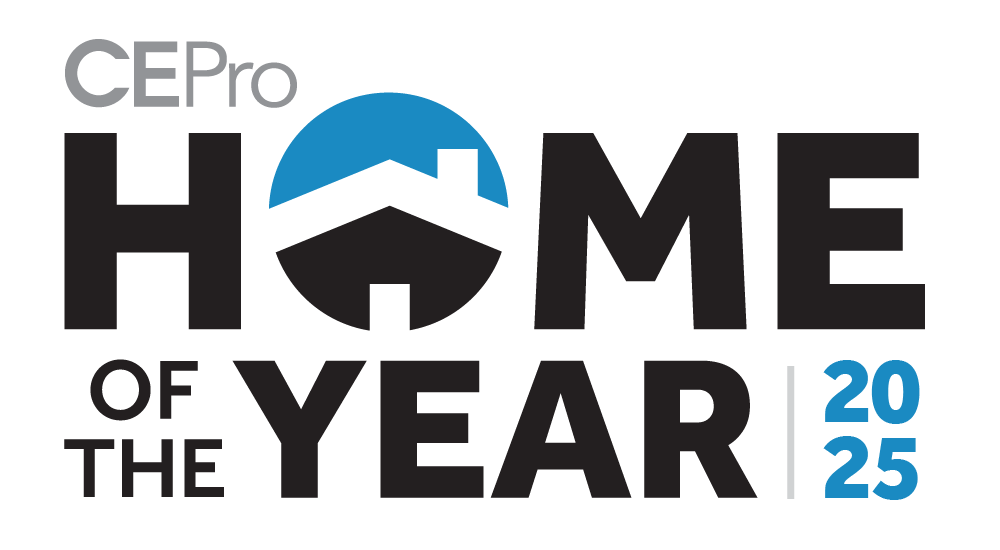The soundbar market has exploded, facilitating easy audio attachment sales that meet homeowner demands for minimal obtrusiveness as well as simple secondary room setups. Pinnacle Speakers’ Theater One 2.1 offers a stylish, versatile way for integrators to beef up TV audio.
The Theater One is a powered soundbase, to be more specific, so it’s in the category of soundbars that encourage TV placement on top — in this case, flat panels up to 65-inch screens. My first impression was that it felt solidly constructed for such a task; weighing 27 pounds, it’s hefty and sturdy. It’s 15 inches deep, only 5 inches high and just over 3 feet wide (38 inches), and it has corner feet so no worries about scratching the top of whatever you’re placing it upon.
The speaker is striking and looks great even when the grille is removed. The black woodgrain finish (water and stain resistant, according to Pinnacle) is attractive and provides a seamless façade around the front-panel drivers. The “TheaterWide” array features a pair of 3-inch woofers and a single 1-inch tweeter on each side. A partitioned cabinet helps separate them from the central 6.5-inch dual voice coil bass driver, which fires out through patented “Diaduct” rear ports.
Setup is simple: Sources get connected to the TV and from there are routed to the Class D-amplified speaker via the display’s audio output. Pinnacle provides several options for connecting to the Theater One’s rear-panel audio inputs, which comes in handy. You can output digital optical or coaxial, or analog via RCA through the usual left/ right or a headphone output.
My Westinghouse LCD’s only choice was the headphone out. The rear panel also has a subwoofer output; gain of 20/30/40dB (the minimum sufficed for me); power input and auto on/off status; and volume/mute status. I plugged in the power supply and the status lit red; when I turned on the TV it went green (connected digitally it’s blue). Depending on the setup, you can use the TV remote to control volume or the basic Pinnacle remote (up/down/mute); or program the Theater One to learn to work with the TV remote.
My only gripe with using the speaker remote is that there is no status to let you know volume level, if you’re approaching max, etc. — max SPL is rated at 102dB. Using an Integra Blu-ray player, I played CDs, Blu-rays and Netflix streams through the Theater One. On virtually everything, the stereo playback sounded smooth and natural, with nice imaging.
Doubts I had about the amount of bass a soundbase could deliver were quickly erased, and I did not employ an external sub. Listening to Paul Simon’s percussive Rhythm of the Saints CD I was impressed with the detail and definition of the myriad instruments on songs like “The Coast,” as well as its thump.
What really sold me was how the speaker handled the opening of Star Trek: Into Darkness on Netflix, which has everything from Kirk sprinting through a forest to Spock navigating a crackling volcano, to an ensuing bomb explosion and volcano eruption, and emergence of the Enterprise from the sea.
Add the soaring music score, and it all could have been a muddled mess — instead the effects, dialog and music were crisp, impactful and spread over a wide soundstage that was plenty immersive.
I had the volume up quite a bit and there was zero distortion. Soundbars might presumably be the domain of secondary A/V areas, but the Theater One easily filled my medium-size living room. Pinnacle has given dealers a solid option for significantly upgrading TV audio without significantly adding to clients’ budgets.
CE Pro Verdict
PROS: Wide soundstage and solid imaging; easy plug-and-play connectivity; streamlines A/V setup; value pricing
CONS: Height might not be slim enough for some clients; no volume indicator; a tad bright






